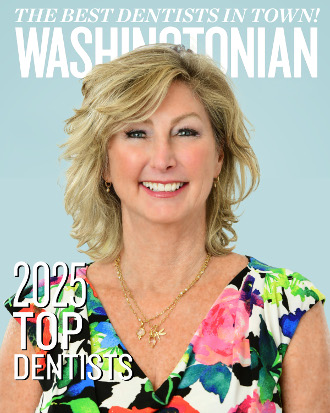Types of Braces
Traditional Metal Braces

Traditional metal braces are the most common type, and are more comfortable today than ever. Made of high-grade stainless steel, metal braces straighten your teeth using metal brackets and archwires. With metal braces, you have the option of adding colored elastics (rubber bands) for a more unique and colorful smile.
Self-Ligating Braces

Self-ligating braces are made from the same materials as traditional braces. However, self-ligating braces do not require the use of elastics, which means fewer appointments and less friction placed on the tooth.
Self-ligating braces come with traditional metal, ceramic, or clear brackets. They are the same size as metal braces, but use a specialized clip in place of elastics to help the archwire guide teeth into place. The clip reduces the amount of pressure placed on the tooth, and requires fewer adjustments because there are no elastics to replace.
Clear (Ceramic) Braces

Ceramic braces are made of clear materials and are therefore less visible on your teeth than metal braces. For this reason, ceramic braces are used mainly on older teenagers and adult patients who have cosmetic concerns.
Although they are visually less prominent, they require more attention to oral hygiene because ceramic braces are larger and more brittle than their metal counterparts. For these reasons, ceramic braces tend to be used more on upper front teeth than on lower teeth.
Invisalign Clear Aligners

Invisalign is a wonderful way to correct your smile without wearing braces. Clear aligners are a series of invisible, removable, and comfortable acrylic trays that straighten your teeth like braces. Not only are the aligners invisible, they are removable, so you can eat and drink what you want while in treatment; plus, brushing and flossing are less of a hassle. The aligners are comfortable and contain no metal to cause mouth abrasions during treatment.
Myobrace®
.jpg)
The Myobrace Therapy is directed at correcting the underlying causes of bite problems associated with improper swallow and tongue position. Dr. DeMarco and Dr. Tilkin are one of the few orthodontists in Maryland who are fully trained and certified to correct bite problems using the Myobrace Myofunctional Therapy. They use a specialized removable appliance, similar to a mouthguard, that is worn for just one to two hours each day and overnight while you’re sleeping. The doctors help you correct the underlying muscular and functional imbalance by incorporating daily myofunctional exercises along with the Myobrace Appliance. This is recommended for patients who have functional breathing, swallowing and tongue problems that are creating their bite problems. Myobrace differs from traditional forms of orthodontic treatment because it is primarily directed at correcting the causes of crooked teeth and underdeveloped jaws, in addition to straightening teeth.
Since the objective is to correct problems before they develop, the Myobrace is most effective for patients between the ages of six and ten, but Myobrace can be used successfully for teens and adults who are committed to correcting adverse orofunctional habits, which results in greater orthodontic stability. Treatment can still be effective in older patients, but habits become harder to break in later years.




 Website Powered by Sesame 24-7™
Website Powered by Sesame 24-7™